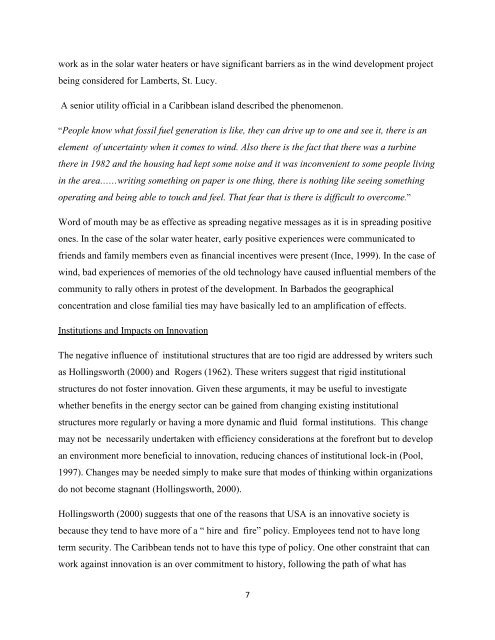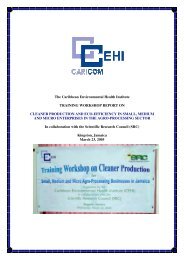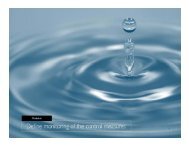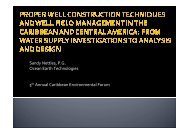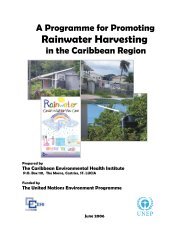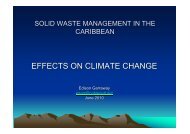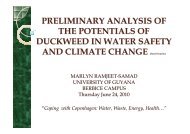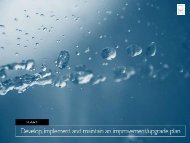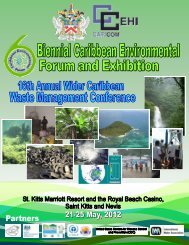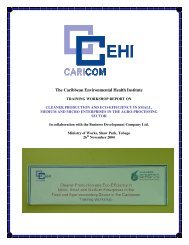David Ince More than Dollars and Cents Why Renewable Energy has ...
David Ince More than Dollars and Cents Why Renewable Energy has ...
David Ince More than Dollars and Cents Why Renewable Energy has ...
Create successful ePaper yourself
Turn your PDF publications into a flip-book with our unique Google optimized e-Paper software.
work as in the solar water heaters or have significant barriers as in the wind development projectbeing considered for Lamberts, St. Lucy.A senior utility official in a Caribbean isl<strong>and</strong> described the phenomenon.“People know what fossil fuel generation is like, they can drive up to one <strong>and</strong> see it, there is anelement of uncertainty when it comes to wind. Also there is the fact that there was a turbinethere in 1982 <strong>and</strong> the housing had kept some noise <strong>and</strong> it was inconvenient to some people livingin the area……writing something on paper is one thing, there is nothing like seeing somethingoperating <strong>and</strong> being able to touch <strong>and</strong> feel. That fear that is there is difficult to overcome.”Word of mouth may be as effective as spreading negative messages as it is in spreading positiveones. In the case of the solar water heater, early positive experiences were communicated tofriends <strong>and</strong> family members even as financial incentives were present (<strong>Ince</strong>, 1999). In the case ofwind, bad experiences of memories of the old technology have caused influential members of thecommunity to rally others in protest of the development. In Barbados the geographicalconcentration <strong>and</strong> close familial ties may have basically led to an amplification of effects.Institutions <strong>and</strong> Impacts on InnovationThe negative influence of institutional structures that are too rigid are addressed by writers suc<strong>has</strong> Hollingsworth (2000) <strong>and</strong> Rogers (1962). These writers suggest that rigid institutionalstructures do not foster innovation. Given these arguments, it may be useful to investigatewhether benefits in the energy sector can be gained from changing existing institutionalstructures more regularly or having a more dynamic <strong>and</strong> fluid formal institutions. This changemay not be necessarily undertaken with efficiency considerations at the forefront but to developan environment more beneficial to innovation, reducing chances of institutional lock-in (Pool,1997). Changes may be needed simply to make sure that modes of thinking within organizationsdo not become stagnant (Hollingsworth, 2000).Hollingsworth (2000) suggests that one of the reasons that USA is an innovative society isbecause they tend to have more of a “ hire <strong>and</strong> fire” policy. Employees tend not to have longterm security. The Caribbean tends not to have this type of policy. One other constraint that canwork against innovation is an over commitment to history, following the path of what <strong>has</strong>7


